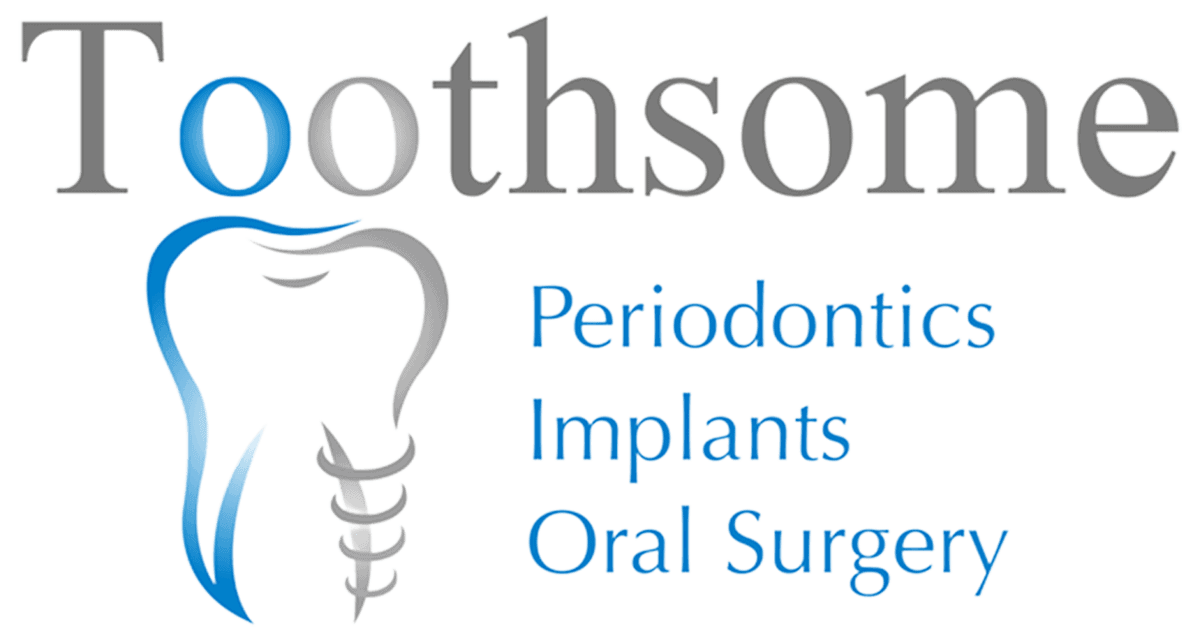
Dental implants are a revolutionary way to replace missing or damaged teeth. The procedure involves placing a titanium screw into the jawbone, which acts as a replacement for the tooth root. Once the dental implant has healed and fused with the bone, an artificial tooth is then placed on top of the screw using a connector.
The result is a natural-looking and feeling tooth that functions like your other teeth. Dental implants can be used to replace a single tooth, multiple consecutive teeth, or even all the teeth in your mouth. The process of dental implants is safe and effective and can renew your confidence by providing you with a beautiful, realistic smile.
The Process of Dental Implants
If you are missing a tooth, you may benefit from dental implants.
The process of dental implants begins with the following:
Initial Consultation
Your dentist takes a full medical history and examines your mouth, teeth, and gums during your consultation. They will also take X-rays and CT scans to assess the condition of your jawbone. Based on this information, they determine whether dental implants are the right dental restoration for your smile.
While most people are candidates for dental implant surgery, several conditions may mean you need an alternative tooth replacement option. These conditions include autoimmune diseases like lupus and rheumatoid arthritis, blood clotting disorders, and head and neck cancers that require radiotherapy. These conditions disrupt your immune response and increase your risk of implant failure.
If you are a good candidate for dental implants, your dentist will discuss the next steps in the process of dental implant placement surgery. In some cases, this may require preparatory treatments such as periodontal therapy, bone grafts, or a sinus lift.
Periodontal therapy is prescribed for patients with active gum disease. It involves scaling and root planing to remove bacteria and plaque from the gum line. In some cases, you may need surgical periodontal therapy, which involves making an incision in the gum tissue to clean more thoroughly below the gum line.
A sinus lift is performed when there is insufficient height in the upper jaw for dental implants. The sinus membrane is lifted, and new bone material is added to increase the jawbone thickness and improve stability.
Bone grafts are used to add new bone material to the jaw and increase its density. This provides a firmer foundation for the dental implant and increases the chance of successful osseointegration.
Dental Implant Surgery
At Toothsome, we offer our patients two different techniques for the process of dental implants surgery, the conventional method and the flapless keyhole surgery:
- Conventional Method
The conventional method involves making an incision in the gum tissue to expose the jawbone. Your dentist then drills a hole into the bone and inserts the dental implant. The gums are then sutured closed. This method is effective but can require a longer recovery time and may cause more swelling and bruising.
- Flapless Keyhole Surgery
Flapless keyhole surgery is a less invasive technique with a shorter recovery time. This method does not require any incisions to be made in the gum tissue. Instead, we use cone beam imaging technology to plan the ideal dental implant position.
We then use a computer-generated template to guide the surgical placement of the implant post. The implant is punched through the gum tissue into the underlying bone. This results in minimal bleeding, reduced risk of infection, and less time spent in the dentist’s chair.
Healing and Osseointegration
After dental implant surgery, it is vital to give the mouth time to heal. This process, called osseointegration, can take four to six months. During this time, the bone grows around the metal screw and secures it in place. Once the osseointegration is complete, the implant will be connected to the bone and able to support a dental prosthesis.
For osseointegration to be successful, it is important to follow your dentist’s instructions for post-operative care. This may include eating a soft diet, taking antibiotics, and avoiding tobacco use.
Following osseointegration, you’ll return to the dental practice to receive the implant abutment. The abutment is a small metal or zirconia connector placed on top of the implant post to attach the restoration.
Placing the Restoration

At Toothsome Implants Chatswood, we work with your regular dentist or prosthodontist to coordinate your dental implant treatment. Your dentist or prosthodontist will design the crown, bridge, or denture that rests on top of your new dental implants.
By collaborating with other dental professionals, we strive to ensure your finished implant suits the fit and aesthetics of your entire smile. We believe that working together is the best way to ensure you’re happy with the final result.
Dental Implant Aftercare
It is crucial to follow all instructions given by your dentist following your dental implant surgery. This includes caring for the surgical site to reduce the risk of infection and complications. The area should be kept clean, and you should avoid brushing or flossing near the incision site. You may also be instructed to use a special antibacterial mouthwash.
A few potential complications can occur if the site isn’t well cared for, including infection, bleeding, and bruising. But most people heal quickly and experience no problems after dental implant surgery.
Get a Consultation at Your Local Dental Clinic in Sydney
If you’re looking for a dentist that offers consultation, contact the team at Toothsome. We use state-of-the-art technology and surgical techniques to ensure your dental implant surgery goes as smoothly as possible. To find out if you are a candidate for dental implants or to discuss the process of dental implants, book a dental consultation near you at Toothsome.
- Sydney CBD on (02) 9159 3728
- Baulkham Hills on (02) 9158 6637
- Chatswood on (02) 8203 8786
Note: Any surgical or invasive procedure carries risks. Before proceeding, you should seek a second opinion from an appropriately qualified health practitioner.


